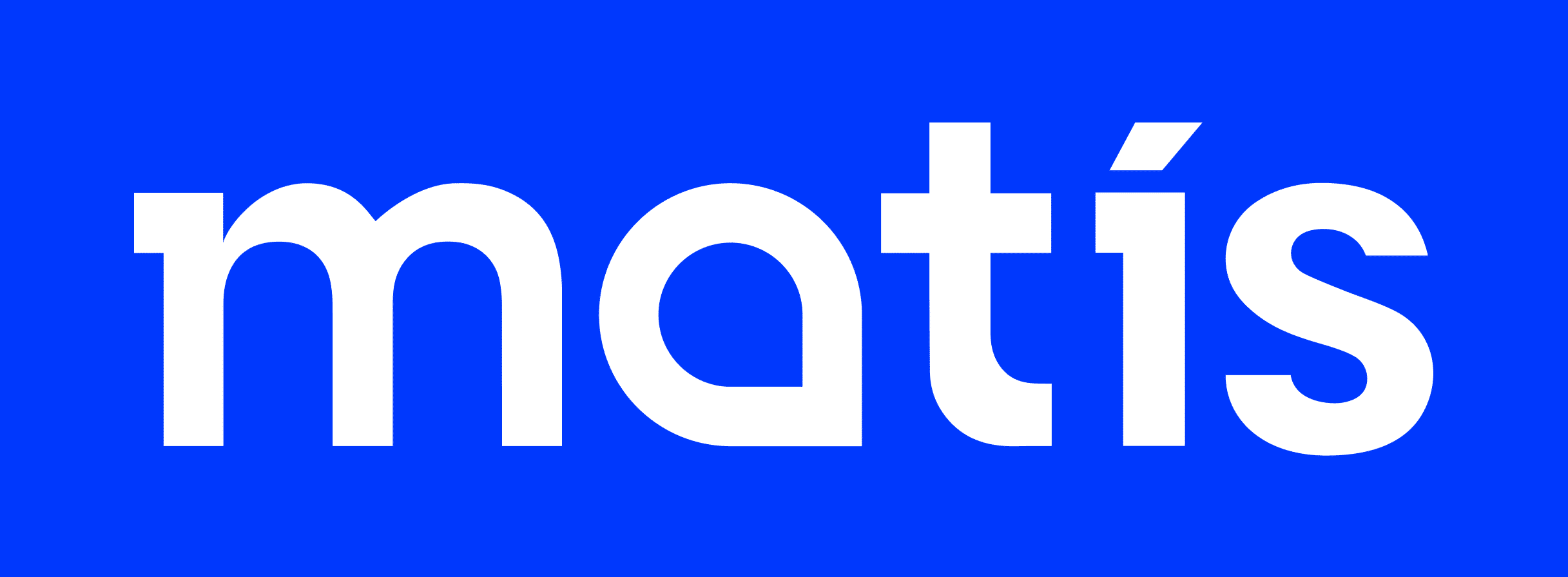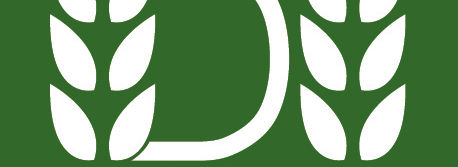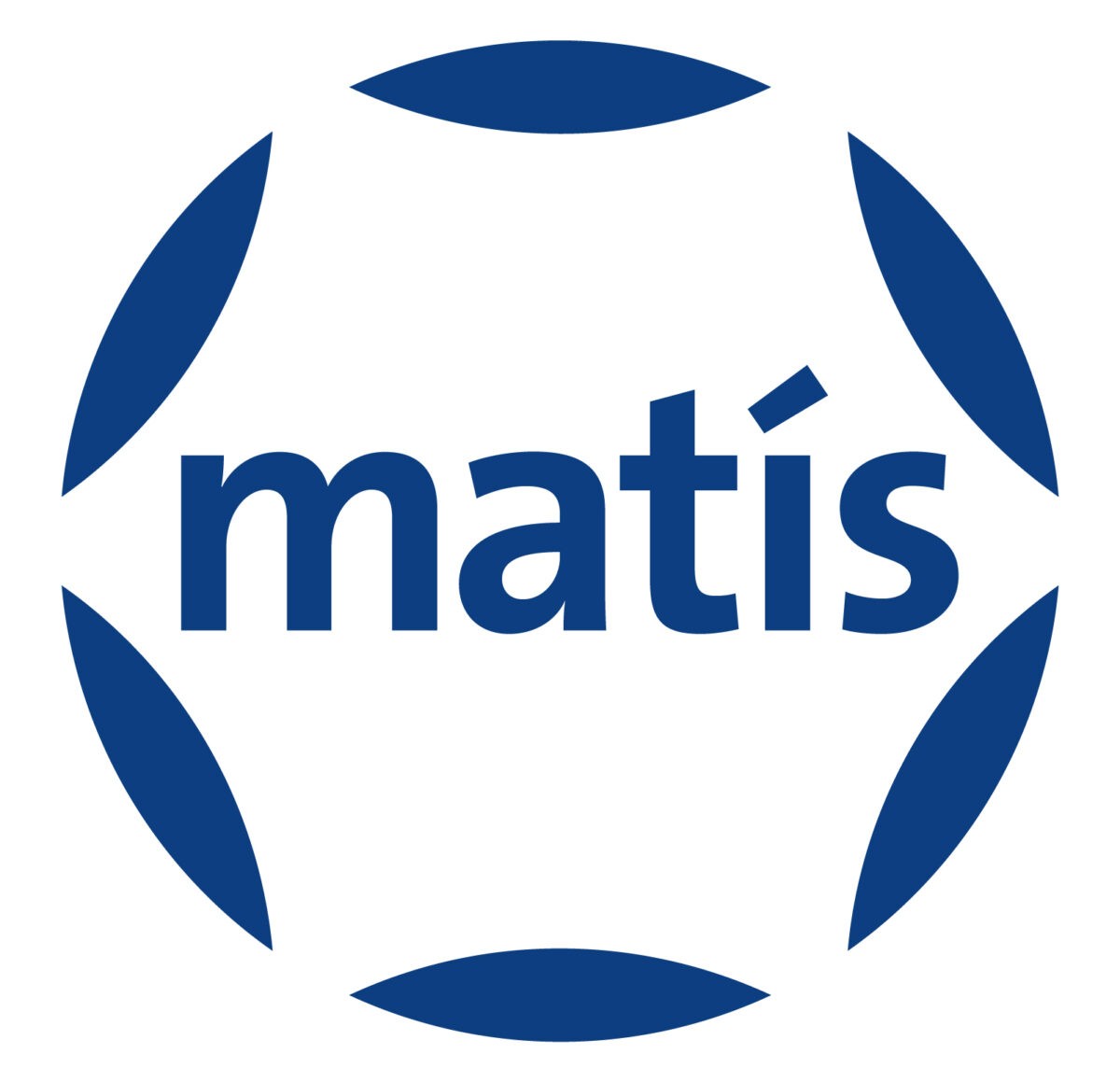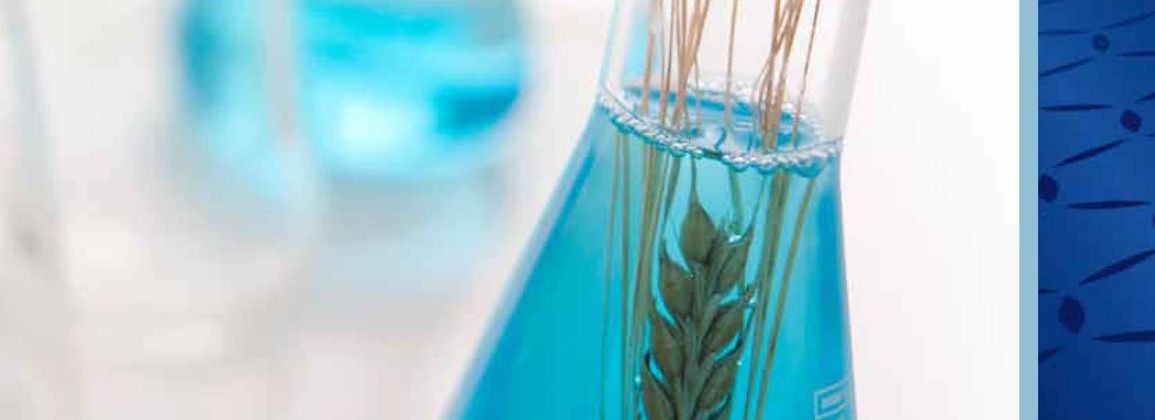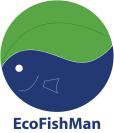As usual, the Agricultural Research Council was very well attended, as it is one of the main forums for agriculture to exchange views and learn about everything possible in the field.
The congress is a collaborative project of 9 institutions and companies related to agriculture in one way or another and Matís is one of them and is involved in costs as well as the preparation and organization of the congress.
This time the eruption in Eyjafjallajökull was in focus, but in a seminar about it, the impact on society, farming, wildlife and vegetation will be discussed. There was an extensive program on horse breeding and horsemanship and we looked to the future regarding forestry in this country. Traditional seminars on animal husbandry, agriculture, product utilization, facilities and monitoring were in place. Aquatic life and fish farming were described in a broad context.
Lectures by Matís employees:
- Is your horse intelligent? Genetic analysis and breeding of domestic animals Alexandra M. Klonowski, Anna Kristín Daníelsdóttir, Kristinn Ólafsson, Ragnar Jóhannsson, Sigurlaug Skírnisdóttir and Steinunn Magnúsdóttir, Matís ohf.
- Can the fisheries model work in agriculture? Jónas R. Viðarsson and Valur N. Gunnlaugsson, Matís ohf.
- Weaknesses in food and rapid diagnosis of food pathogens Sveinn H. Magnússon, Eyjólfur Reynisson, Árni R. Rúnarsson and Viggó Þór Marteinsson, Matís ohf.
- Opportunities for improved utilization among farmers with small food production Guðjón Þorkelsson, Matís ohf.
- Quality barley for food production Ólafur Reykdal, Matís ohf., Jónatan Hermannsson and Þórdís Anna Kristjánsdóttir, Agricultural University of Iceland.
- Industrial engineering and milk processing in Skagafjörður's lunch box Sigríður Sigurðardóttir, Matís ohf.
- Utilization of low heat energy for the cultivation of fish and other organisms Ragnar Jóhannsson, Matís ohf.
For further information Steinar B. Aðalbjörnsson, marketing director of Matís.
